Which type of fish farming is best?
Struggling to find a reliable and profitable farming venture? You see the growing demand for seafood but feel overwhelmed by the options and potential risks in fish farming. You need a clear path to a sustainable and successful business.
The best type of fish farming depends on your goals. For beginners, pond farming with species like tilapia or catfish is ideal due to its low cost and simplicity. For higher profits, consider shrimp or salmon farming, which have strong export market demand, though they require more initial investment.
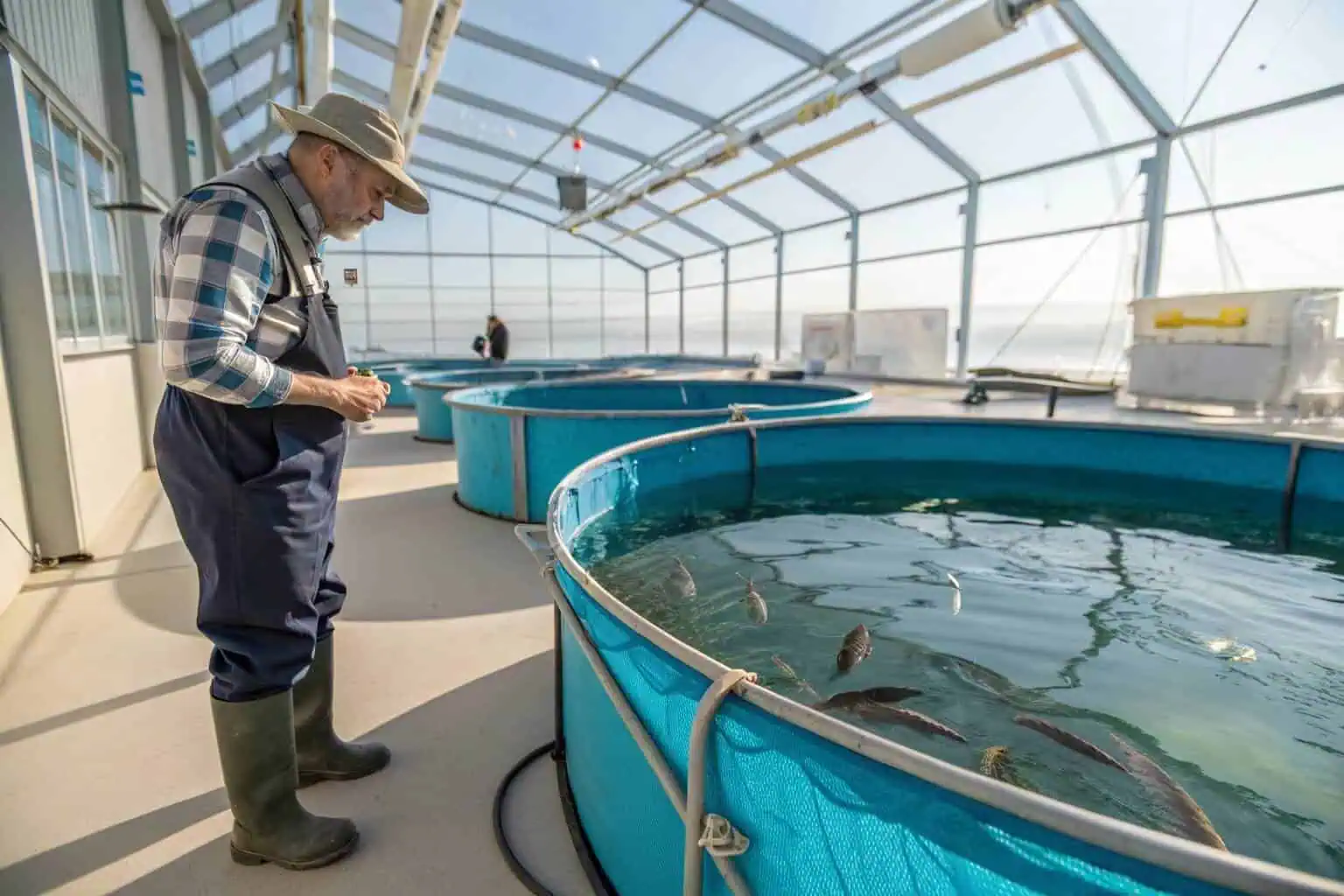
Choosing the right fish farming method can feel like a big decision, but it doesn't have to be complicated. I've spent years in this industry, and I've seen what works and what doesn't. In this guide, I'll walk you through the most common questions people have. We'll look at profitability, the best fish to farm, and the easiest methods to get started. My goal is to give you the confidence to start your own successful fish farm. Let's dive in and find the best fit for you.
Which fish farming is most profitable?
Are you wondering how to make the most money from fish farming? Many farmers invest time and resources but don't see the returns they expect. It's frustrating to put in the effort without achieving financial success.
Shrimp and salmon farming are often the most profitable. Shrimp have a short growth cycle and high market demand, especially in tropical regions. Salmon, while requiring a longer cycle and more advanced systems, can yield profit margins of 20-30% annually due to their high market price.
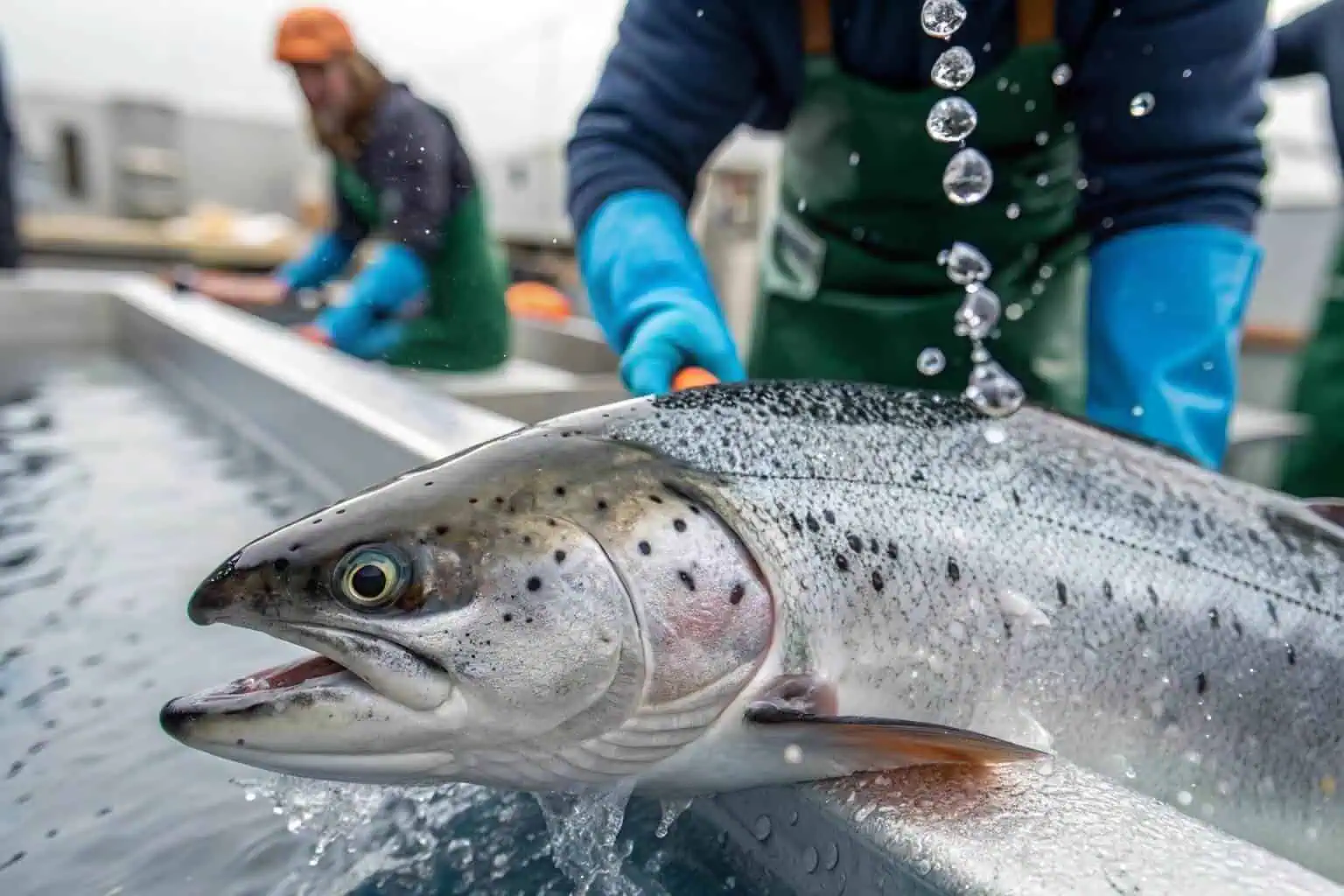
When we talk about profit, it's not just about the final sale price. You have to consider the whole picture. I've learned that the most successful farms are those that manage their costs effectively1 while maximizing their output. Let's break down what makes certain types of fish farming more profitable than others.
Factors Driving Profitability
The profitability of a fish farm is influenced by several key factors. The choice of species is critical, as market demand and price vary significantly. For example, high-value species2 like salmon command premium prices, but also require more sophisticated farming techniques. Operational costs, including feed, energy, and labor, also play a major role. Efficient management of these resources is essential to maintaining a healthy profit margin. I've seen farms succeed by focusing on a niche market or by adopting cost-saving technologies.
Comparing Profitable Species
To give you a clearer idea, let's compare a few options. Shrimp farming, for instance, is popular in places like Southeast Asia because the warm climate allows for multiple harvests per year. The operational costs can be relatively low if managed well. On the other hand, salmon farming3 requires a significant upfront investment in equipment like recirculating aquaculture systems (RAS) to maintain water quality. However, the high price of salmon in global markets can make this a very lucrative business. I always advise new farmers to research their local market to see what's in demand.
| Species | Growth Cycle | Market Demand | Potential Profit Margin | Key Challenge |
|---|---|---|---|---|
| Shrimp | 3-4 months | High (Global) | 15-25% | Disease Management |
| Salmon | 18-24 months | High (Export) | 20-30% | High Initial Investment |
| Tilapia | 6-8 months | Moderate (Local) | 10-20% | Market Price Fluctuation |
| Catfish | 8-12 months | Moderate (Local) | 10-15% | Water Quality Control |
What is the best type of fish to farm?
Choosing the right fish to farm can feel like a puzzle. You want a species that grows well, resists disease, and has a ready market. Making the wrong choice can lead to wasted time and money, which is a common fear for new farmers.
For beginners, tilapia is often the best type of fish to farm. It is hardy, grows quickly, and tolerates a wide range of water conditions. For those with more experience and capital, species like salmon or barramundi can be more rewarding due to their higher market value.
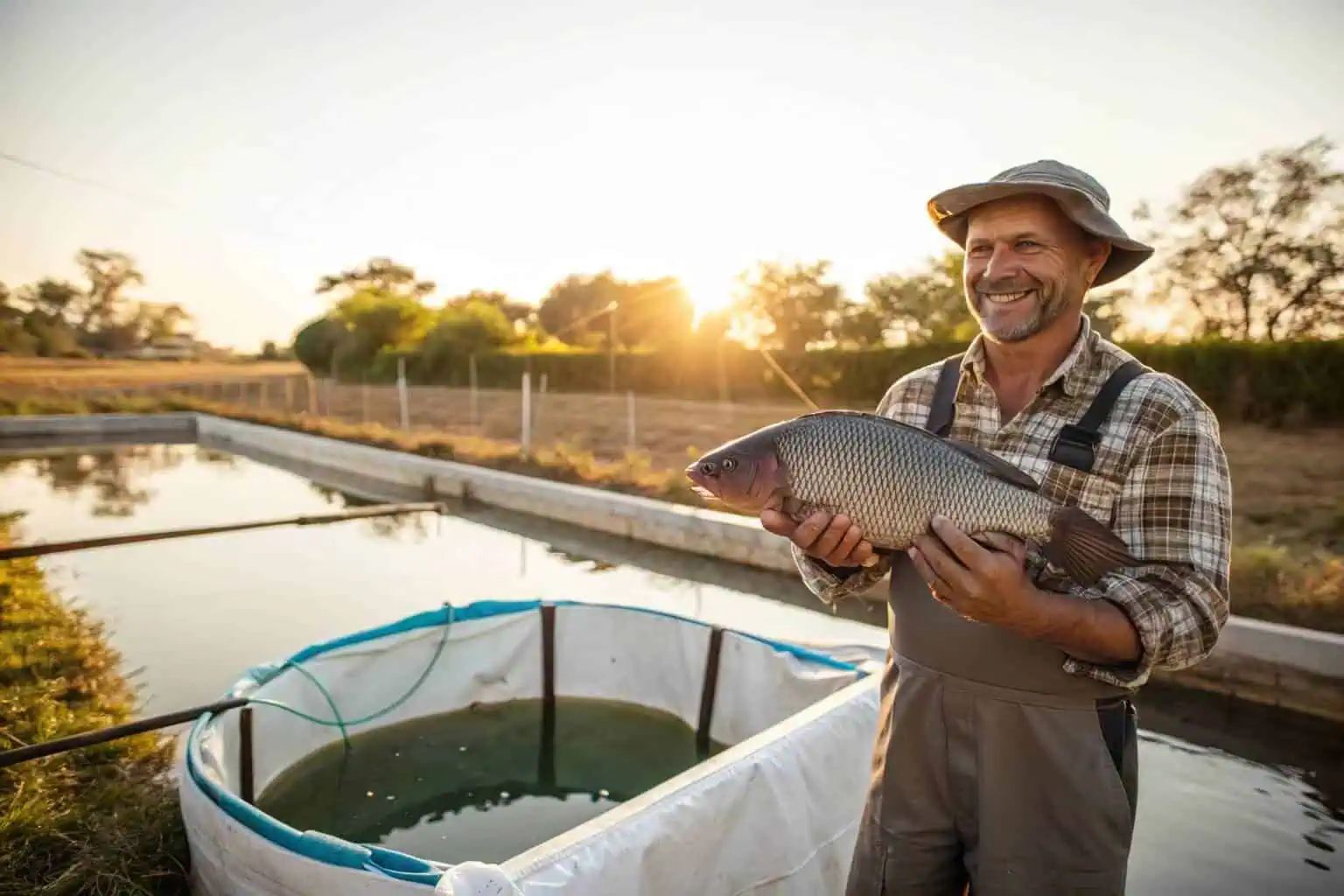
I've worked with many farmers over the years, and the question of which fish to choose comes up every time. The "best" fish really depends on your situation. It's about finding a balance between your resources, your local market4, and your own experience level. Let's explore some of the top contenders to help you make an informed decision.
Tilapia: The Hardy Beginner's Choice
I often recommend tilapia to people just starting out. This fish is incredibly resilient. It can handle less-than-perfect water quality and doesn't require a highly specialized diet. This makes it a forgiving choice for a new farmer. Tilapia also reproduces easily5, so you can sustain your stock without constantly buying new fingerlings. The market for tilapia is consistent, especially in local communities, so you can usually find buyers without much trouble. We've supplied many small-scale farms with our collapsible fish tanks6, and they've had great success raising tilapia.
Catfish: A Staple in Many Markets
Catfish is another excellent option, particularly in North America and Africa. Like tilapia, it's a hardy species that can be raised in ponds or tanks. Catfish7 grow relatively quickly and have a good feed conversion ratio8, meaning they efficiently turn feed into body mass. This helps keep your operational costs down. The demand for catfish is steady, and it's a popular food fish in many regions. I've seen farmers build successful businesses by focusing solely on catfish, supplying local restaurants and markets.
High-Value Species for Advanced Farmers
If you have some experience and are looking for higher returns, you might consider species like salmon or barramundi. These fish fetch a much higher price, but they also come with more challenges. Salmon, for example, require cold, clean water and a carefully controlled environment. This usually means investing in a recirculating aquaculture system (RAS)9. Barramundi, also known as Asian sea bass, is another high-value fish that is gaining popularity. It grows fast and is well-suited for tank-based farming. While the initial investment is higher, the potential profits can be significantly greater.
| Species | Environment | Key Challenge | Market Value |
|---|---|---|---|
| Salmon | Cold, clean water (RAS) | High initial investment | High |
| Barramundi10 | Tank-based farming | Technical expertise | High |
Which fish is most profitable to breed?
You want to breed fish, but you're not sure which species will give you the best return on your investment. The fear of choosing a low-profit fish can hold you back from starting. You need to know which species has a strong market and good breeding potential.
Ornamental fish like koi or specific types of cichlids can be highly profitable to breed due to their high value among hobbyists. For food fish, breeding high-demand species like shrimp or groupers can also be very lucrative, as a consistent supply of juveniles is always needed.
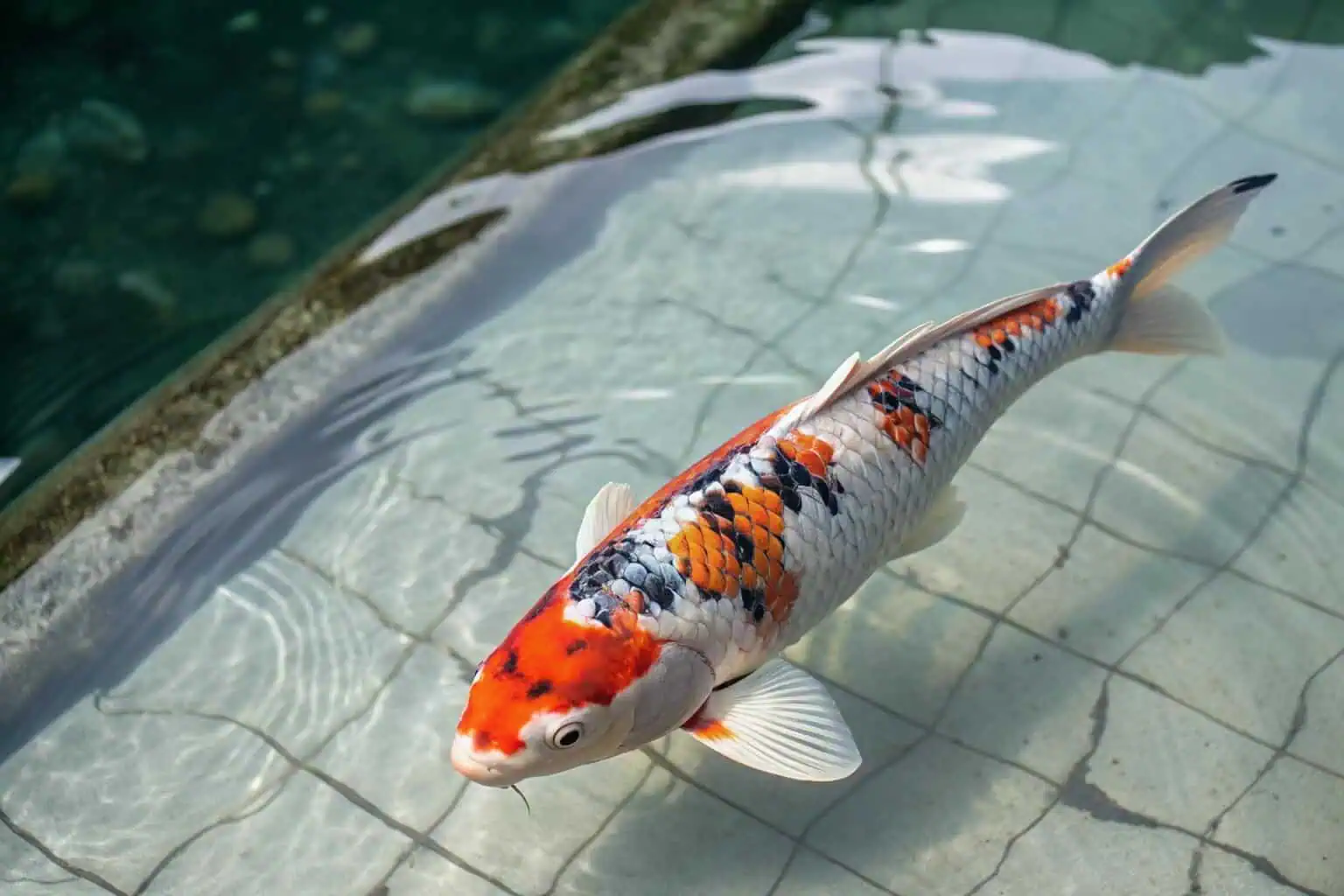
Breeding fish is a different game than just growing them out for market. It requires a deeper understanding of the fish's life cycle and a more controlled environment11. But if you get it right, it can be a very profitable niche. I've seen small-scale breeders make a good living by focusing on the right species. Let's look at where the real money is in fish breeding.
The Ornamental Fish Market
The market for ornamental fish12 is a multi-billion dollar industry. Hobbyists are willing to pay a lot of money for rare and beautiful fish. Koi13 are a classic example. A single high-quality koi can sell for thousands of dollars. Breeding them requires patience and a good eye for quality, but the rewards can be huge. Other popular choices include discus fish and rare cichlids. The key to success in this market is to build a reputation for quality and to connect with the right buyers, often through online forums and fish shows.
Breeding for the Aquaculture Industry
There is also a huge demand for juvenile fish14 to supply larger aquaculture farms. This is a more industrial type of breeding, but it can be very stable and profitable. Shrimp hatcheries15, for example, are a critical part of the shrimp farming industry. They supply the post-larvae that farmers grow out in their ponds. Similarly, hatcheries for fish like grouper or sea bass are in high demand, as these species are popular in many parts of the world. This type of breeding requires a more scientific approach and a larger investment in facilities, but it provides a steady income stream.
| Species | Breeding Environment | Market | Profitability |
|---|---|---|---|
| Shrimp | Hatchery | Aquaculture Farms | Stable & Profitable |
| Grouper/Sea Bass | Hatchery | Aquaculture Farms | High Demand |
Which fish is the easiest to farm?
You're new to fish farming and want to start with something simple. The thought of dealing with complex systems and delicate fish is intimidating. You need a fish that is forgiving and doesn't require a lot of technical expertise to raise successfully.
Tilapia is widely considered the easiest fish to farm. It is extremely hardy, can tolerate a wide range of water conditions, and has a simple diet. This makes it an ideal choice for beginners or small-scale farmers who are just starting out.
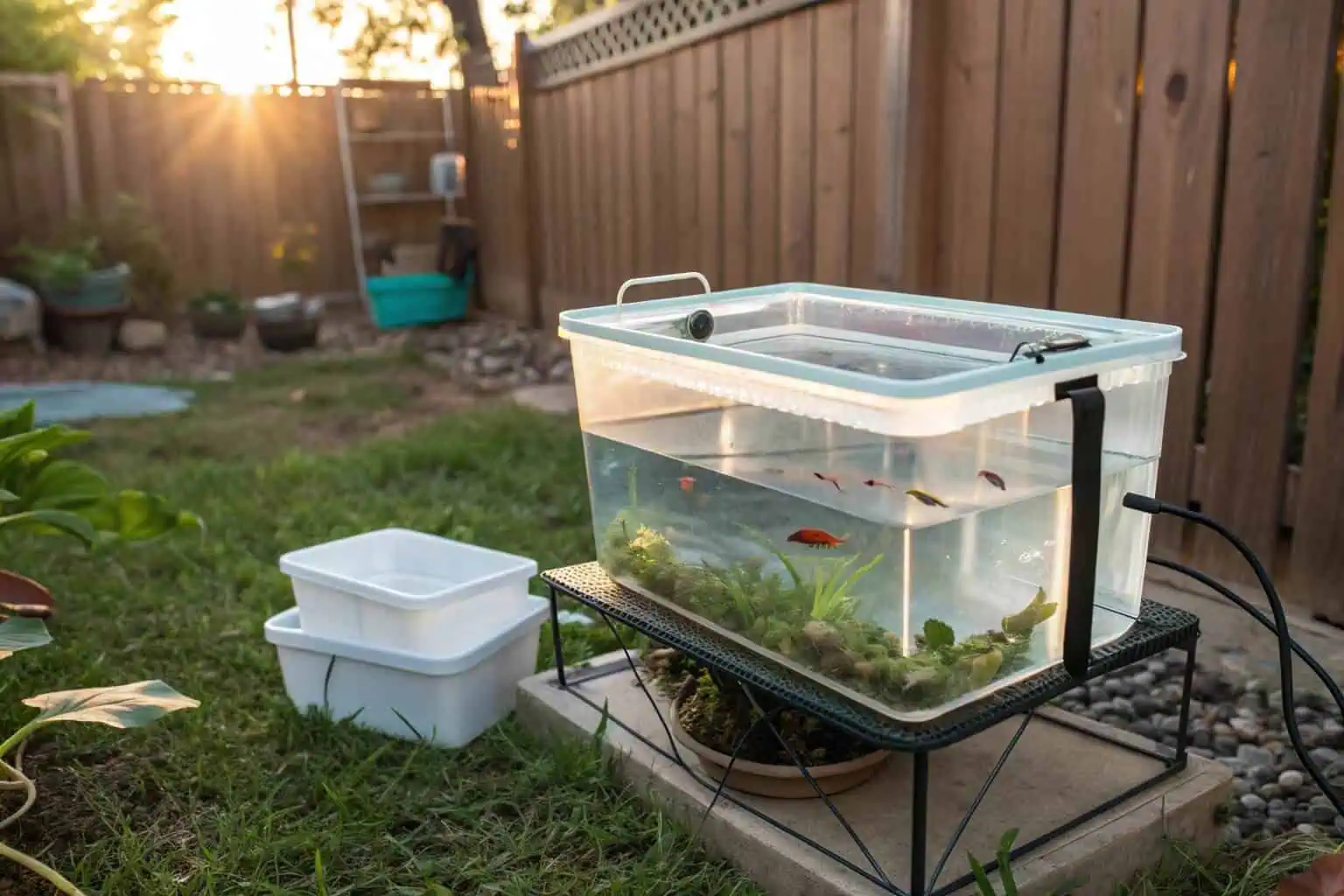
When you're just starting, you want to build confidence and learn the ropes without risking a huge investment. That's why I always suggest starting with a fish that is known for being easy to manage. I've helped many first-time farmers get their start, and the ones who begin with a hardy species like tilapia are usually the most successful in the long run. Let's talk about why tilapia is such a great choice and look at a few other easy options16.
Why Tilapia is King for Beginners
I can't say enough good things about tilapia for new farmers. This fish is a survivor. It can live in water that would be stressful for other species, and it's not a picky eater. You can raise tilapia in a simple pond or even in one of our collapsible fish tanks with minimal equipment. They grow fast, and you can have a harvestable crop in just a few months. Their breeding habits are also straightforward; they practically take care of it themselves. This combination of hardiness and rapid growth17 makes tilapia18 the perfect fish to learn with.
Other Easy-to-Farm Species
While tilapia is my top recommendation, there are a few other species that are also quite easy to farm. Catfish, as I mentioned earlier, is another great choice. They are tough and can be raised in similar conditions to tilapia. Another option to consider is the bluegill. This is a smaller fish, but it's very hardy and reproduces easily. Bluegill19 can be a good choice for a small backyard pond, and they are also a popular sport fish. The key with all of these species is that they don't require the complex and expensive systems that more delicate fish need.
| Species | Key Characteristics | Best For | Farming System |
|---|---|---|---|
| Catfish | Hardy, good feed conversion | Beginners | Ponds or Tanks |
| Bluegill | Very hardy, reproduces easily | Small backyard ponds | Ponds |
Conclusion
In the end, the best fish farming path is the one that aligns with your resources and goals. Whether you start small with tilapia or aim for high-profit salmon, success comes from smart planning and management.
-
Exploring cost management strategies can lead to better financial health for your fish farming business. ↩
-
Exploring this link will provide insights into maximizing profits through strategic species selection. ↩
-
Learn about the challenges faced in salmon farming, including investment costs and market dynamics. ↩
-
Discover how understanding your local market can help you select the most profitable fish to farm. ↩
-
Discover how tilapia's easy reproduction can help sustain your fish stock and improve farm productivity. ↩
-
Explore this resource to learn how collapsible fish tanks can enhance your tilapia farming efficiency and success. ↩
-
Explore this resource to learn effective techniques for raising healthy and profitable catfish in ponds. ↩
-
Understanding feed conversion ratio can help optimize costs and increase profits in fish farming. ↩
-
Explore this resource to understand how RAS can optimize salmon farming and improve sustainability. ↩
-
Learn effective techniques for high-yield Barramundi farming and maximize profits. ↩
-
Discover essential methods for setting up a controlled environment to optimize fish breeding success and profitability. ↩
-
Explore this link to gain expert insights and tips on breeding and caring for ornamental fish, enhancing your hobby or business. ↩
-
Discover expert advice and resources on selecting and caring for high-quality Koi to improve your fish-keeping skills or investment. ↩
-
Explore this resource to learn effective juvenile fish breeding techniques that can enhance your aquaculture farm's productivity. ↩
-
Discover how shrimp hatcheries are vital for the shrimp farming industry and how they can benefit your aquaculture business. ↩
-
Find out about other simple and manageable fish species suitable for those starting in aquaculture. ↩
-
Learn how rapid growth in fish like tilapia can lead to quicker harvests and better profitability for beginners. ↩
-
Explore this resource to understand why tilapia is an ideal choice for beginners in aquaculture. ↩
-
Discover effective methods for raising Bluegill, a hardy fish ideal for small ponds and beginners. ↩